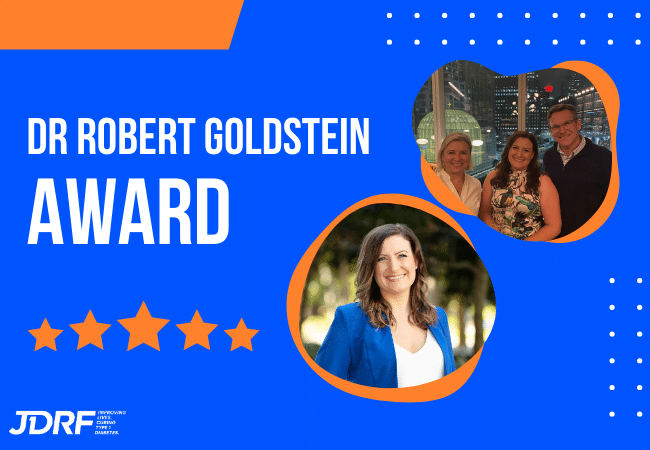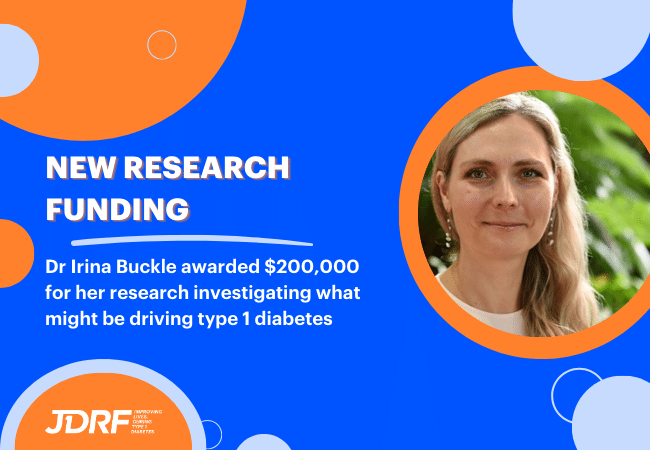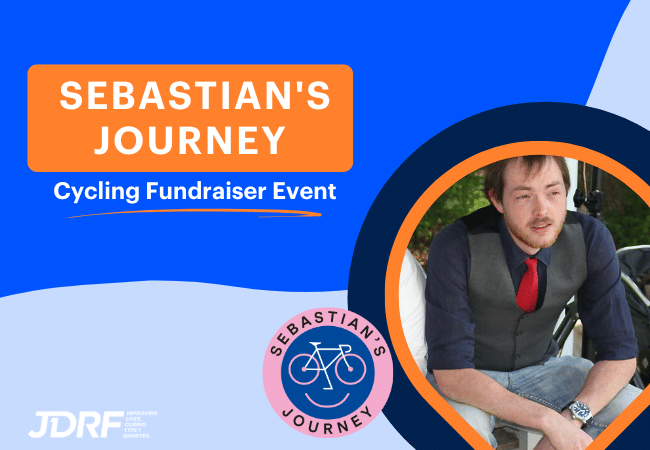5 common myths about type 1 diabetes debunked
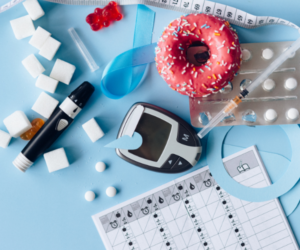
Type 1 diabetes (T1D) currently affects over 130,000 Australians. This condition can bring physical, mental, and financial challenges to those diagnosed, as well as their loved ones.
It also often gets misdiagnosed and is surrounded by a lot of misconceptions – one of them being you can’t eat sugar when you have T1D!
We wanted to set the record straight and debunk five of the most common myths surrounding T1D.
Firstly, what is T1D?
T1D is a life-long autoimmune condition that causes the body to attack its own beta cells in the pancreas which make insulin. Insulin is a hormone which controls the level of sugar in our blood.
This means that people with T1D need to closely monitor their blood sugar levels and inject themselves with insulin every day to avoid blood sugar reaching dangerously high levels (as well as ensure it doesn’t reach dangerously low levels), which can be life-threatening.
Let’s get into the myths…
Myth #1: You can’t eat sugar if you have T1D
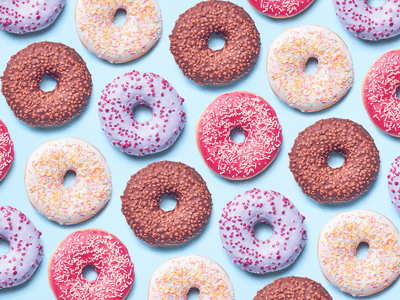
This is probably the most common myth surrounding T1D. But those living with T1D can eat their favourite sweets just like any other person!
The difference is they need extra monitoring of their blood sugar levels and must manually give themselves insulin to cover the carbs they eat to keep their blood sugar levels stable.
Myth #2: You must be overweight or obese to get T1D

T1D can affect people of all shapes and sizes and has nothing to do with weight. Obesity is often a risk factor associated with type 2 diabetes, which is different to T1D.
Myth #3: T1D and type 2 diabetes are pretty much the same thing

While the conditions have similarities, they’re actually different. T1D is an autoimmune condition where the immune system attacks the beta cells in the pancreas that produce insulin. This results in little to no insulin being produced.
In type 2 diabetes, the pancreas still produces insulin, but the body doesn’t respond to it well due to ‘insulin resistance’. However, if type 2 diabetes isn’t managed properly, the body may eventually also stop producing insulin.
The management of both conditions is also different. While all people with T1D must use insulin for the rest of their lives, those with type 2 diabetes are initially treated with other medications and lifestyle and diet changes, and may only need insulin at a later stage.
Myth #4: Only children get T1D
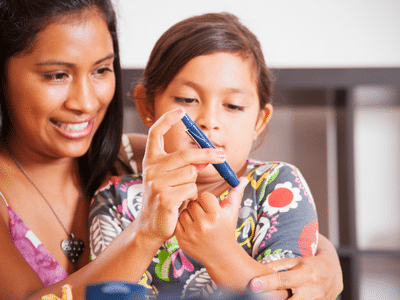
Around eight Australians are diagnosed with T1D every day; of those, only three of them are children, while the other five are adults.
The condition can affect people at any age, from birth to old age.
Myth #5: T1D can be cured with diet and exercise

While diet, exercise and other lifestyle factors can help manage T1D, it can’t reverse the condition. T1D currently has no cure, and insulin remains the most effective treatment for this condition.
The good news? There’s lots of exciting research being done on new treatments and cures for T1D. JDRF funds some incredible researchers with a vision of creating a world without T1D.
Sign up to our monthly newsletter for updates on T1D.

